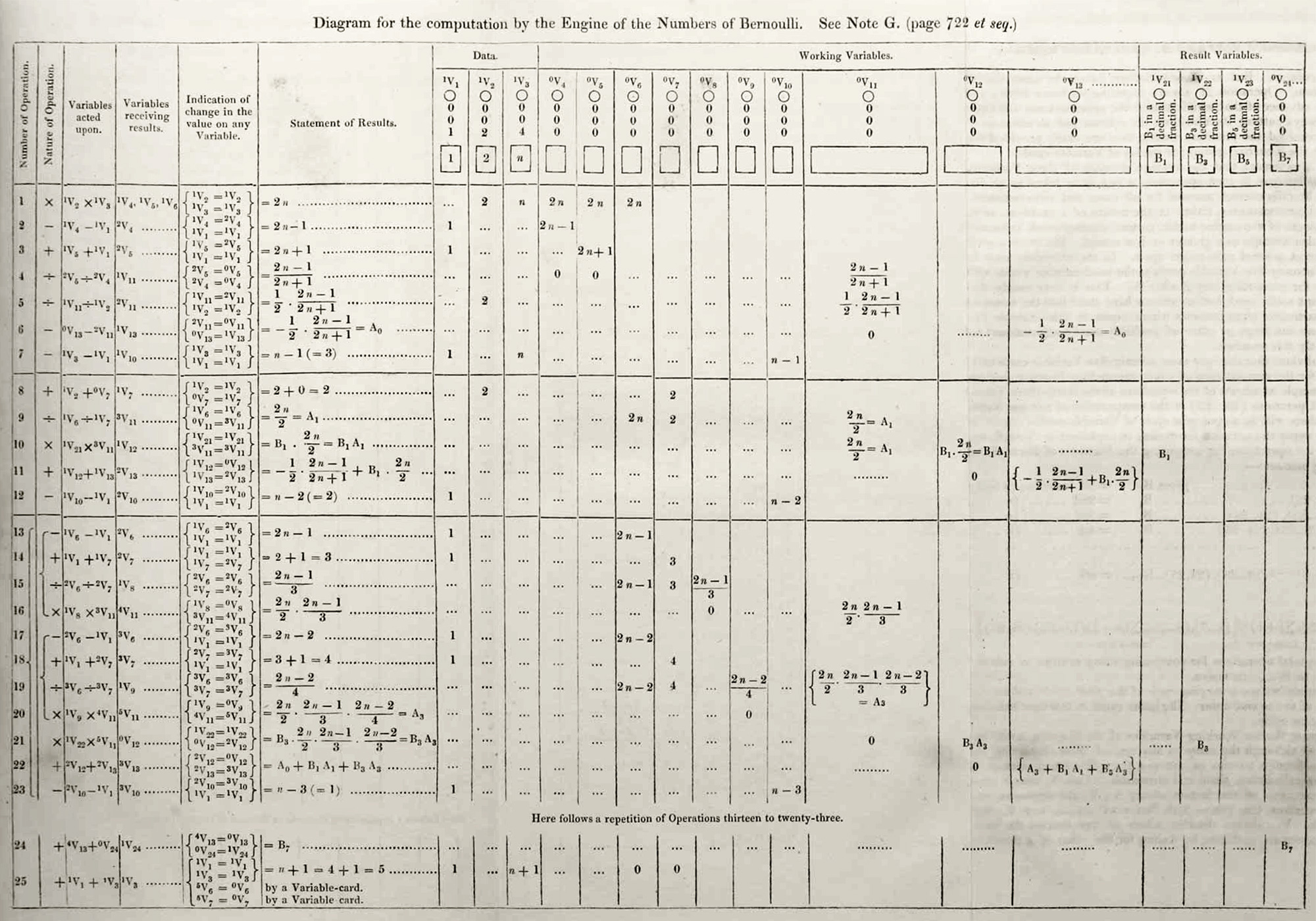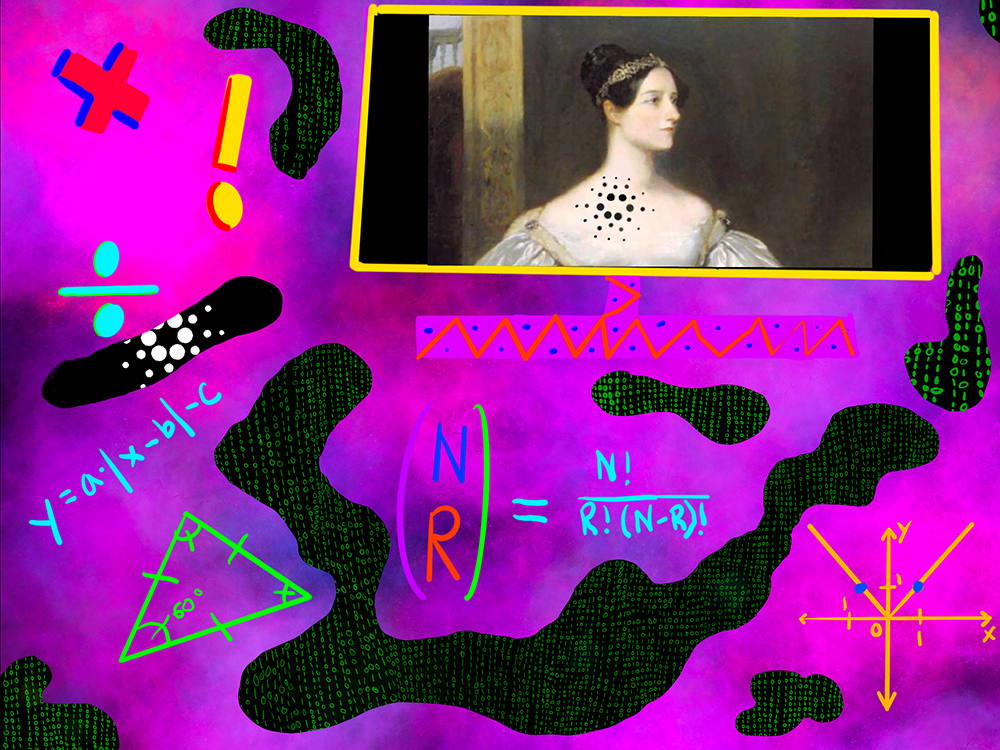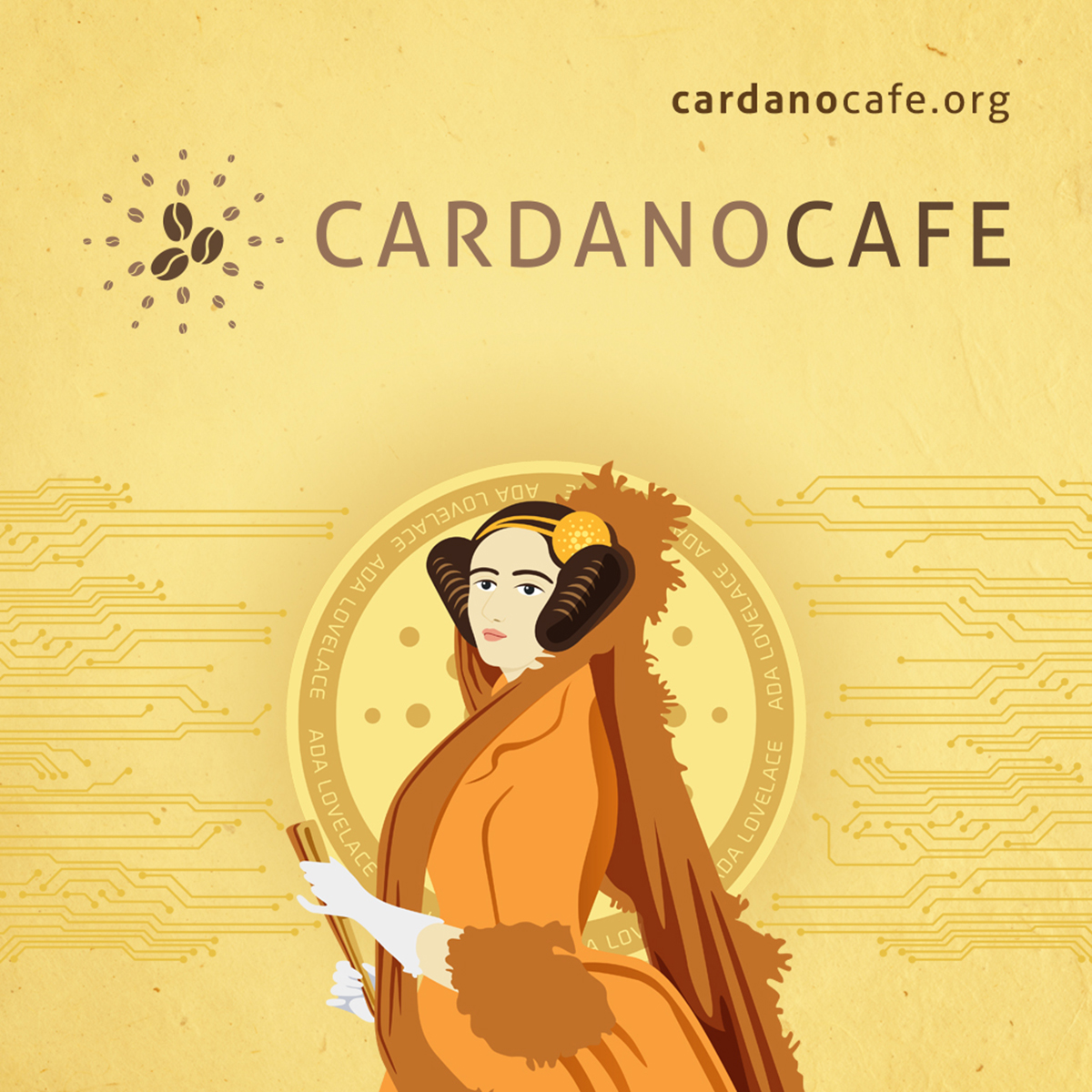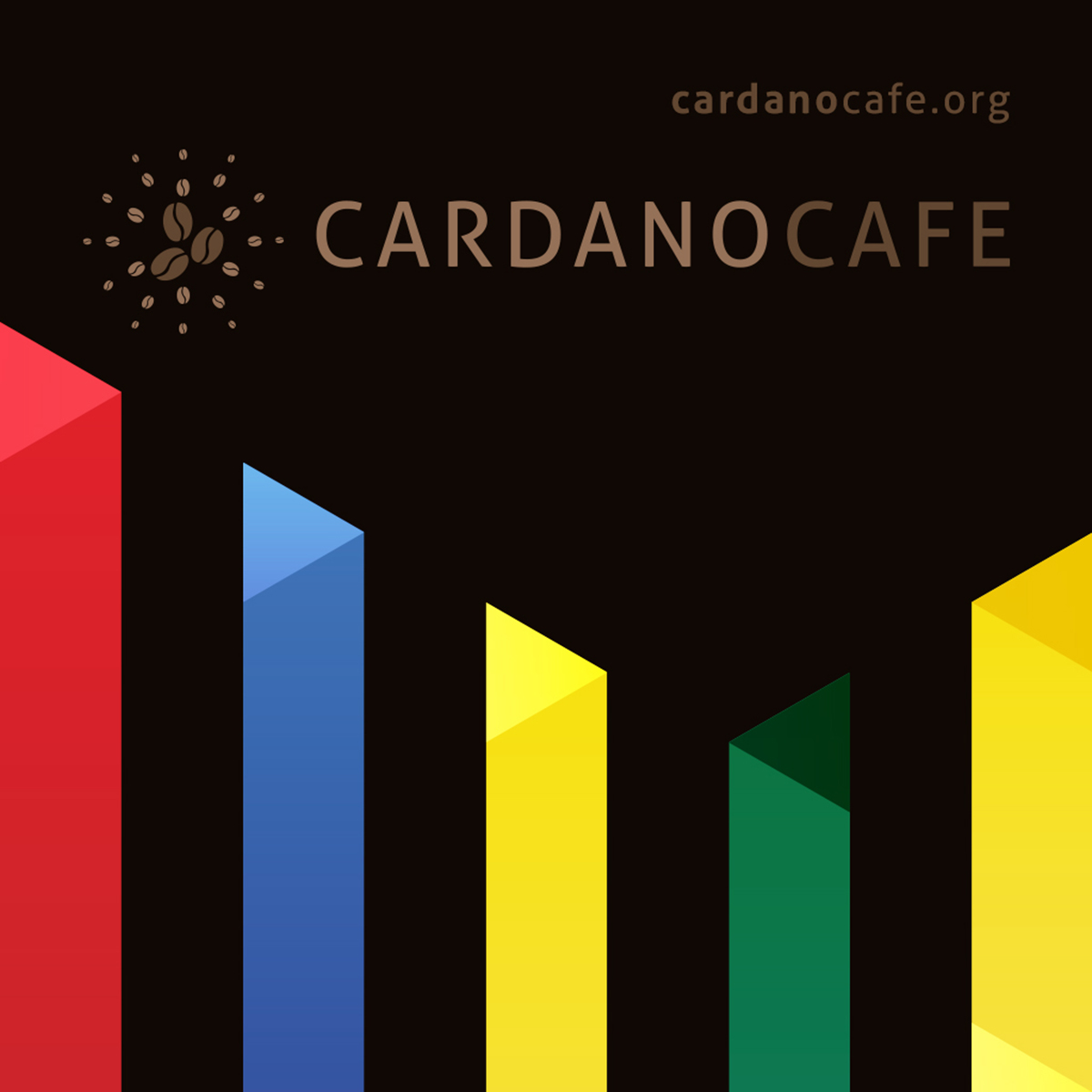During the last couple of days there have been lots of dynamics in the crypto markets. Would you like to relax your shaken nerves and travel back in time a bit? Well, the time machine has not been invented yet, however, here’s an article to read which explains how our lives today were shaped almost 175 years ago!
The native Cardano token,
Ada, is named after Augusta Ada Byron King, Countess of Lovelace, the only legitimate child of the Romantic British Poet, Lord Byron. Her father called her, “Ada”, rather than, “Augusta”. She was born on December 10th, 1815 and died November 27th, 1852 at age 37. Her remarkable life was fraught with challenges and obstacles literally from the day of her birth onward. Her famous absent father, her embittered distant mother, her social exploits, her marriage to a British titled Lord, her 3 children, and her many unique accomplishments and interests are the subject of numerous writings, books, plays, television presentations, and films. I leave it to our readers to further explore these accounts and biographical treatments of Ada’s life on their own.
My purpose here is to shed a bright light on her most notable contribution which was that she perceived and predicted the potential application of computer technology in every aspect of our lives.
When Ada was very young, she exhibited an unusual interest in Mathematics and Science. She associated with many of the most noted scientific intellectuals of her time, the most important being the renowned mathematician, Charles Babbage. Babbage was the creator of the Analytical Engine, a mechanical computation device that he designed but never actually built. Ada’s flair for mathematical genius endeared her to Babbage starting when she was a teenager. Babbage dubbed her, “The Enchantress of Number”. Ada described herself as an “Analyst and Metaphysician”.
From 1842 to 1843, Ada translated an article written by the Italian military engineer, Luigi Manabrea, that explained and examined the mechanical “calculating engine”. She wrote extensive pages of notes on the article, in fact more pages than the article itself. Her “Note G” (here below) is often regarded as being the first written computer program enabling the
Analytical Engine to calculate Bernoulli numbers.

Many scholars refute this claim saying Charles Babbage himself had produced similar algorithms earlier. Whether or not Ada’s “Note G” was the first written computer program is of less importance than what I consider to be her greatest, most significant contribution. In the passage below, written in 1843, Ada theorizes that if other things could be represented as numbers, then a machine which can calculate numbers could process information in other areas of study such as science or music or life in general:
“The Analytical Engine might act upon other things besides number, were objects found whose mutual fundamental relations could be expressed by those of the abstract science of operations, and which should also be susceptible of adaptations to the action of the operating notation and mechanism of the engine…”Ada had realized that if numbers could represent other things, then the machine could manipulate these symbolic numbers according to certain rules of operation on a scope broader than pure mathematics. Consequently, the machine would transition from pure number-crunching calculation to general purpose computation. Ada Lovelace’s most important contribution to our world was not that she may have written the first computer program.
Her most important contribution was to perceive and explicitly state the potential for applying computation to every possible subject and aspect of life, and that is exactly what we are all doing every day. You are doing that right now reading this blog post on the CardanoCafe website. We might even say that Ada’s 1843 “white paper”, was the “Genesis Block” of all white papers. As you read this blog post, reflect for a moment on Ada Lovelace, and her vision of the future and how absolutely correct she was.
 Original Ada Lovelace illustration by Mav
Original Ada Lovelace illustration by Mav

|
written by: Eric Hill published at: May 24, 2021

|








